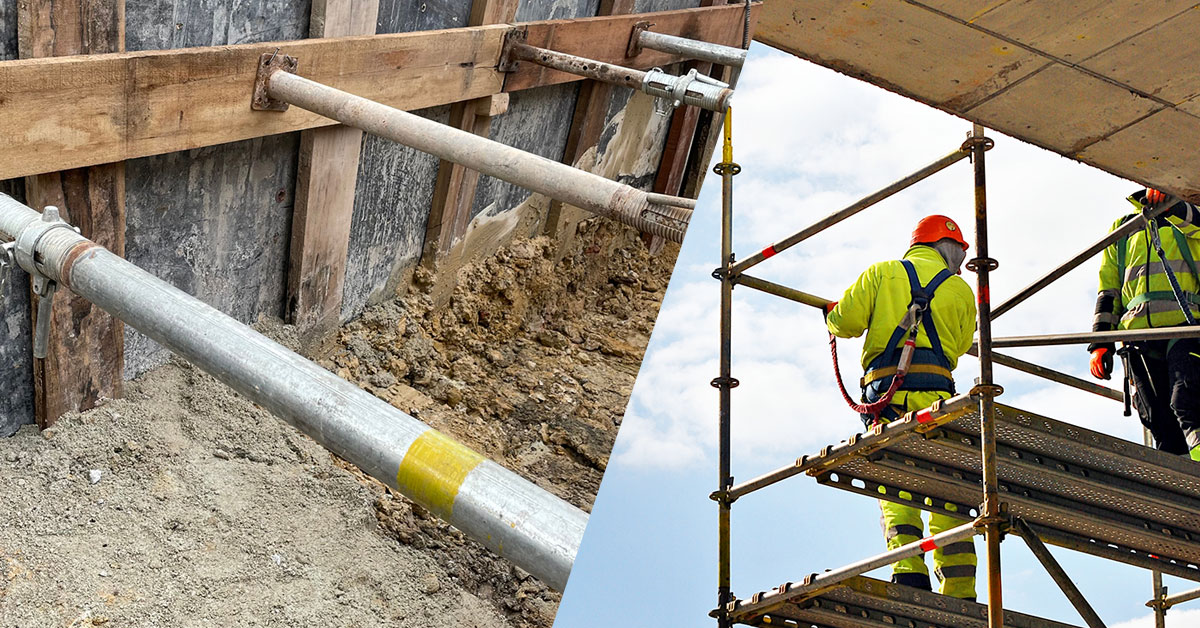តុលា . 02, 2024 00:26 Back to list
Drainage Formwork Manufacturing Solutions for Efficient Construction Processes
The Essential Role of Drain Formwork in Modern Construction
In the realm of modern construction, effective drainage systems are paramount to ensuring the longevity and structural integrity of buildings. One of the key components in facilitating effective drainage is the use of drain formwork. This specific formwork, designed to mold concrete into the desired shapes and configurations necessary for drainage systems, plays a critical role in preventing water accumulation and managing runoff efficiently.
Understanding Drain Formwork
Drain formwork serves as a temporary structure that holds liquid concrete in place until it hardens. It is crafted to create channels, pools, or trenches that guide water away from buildings and other critical infrastructures. By utilizing drain formwork, contractors can construct drainage systems tailored to the specific needs of the site and the requirements of local regulations.
The significance of drain formwork extends beyond its immediate utility. One of the primary objectives of effective drainage systems is to mitigate the risk of water damage, which can lead to costly repairs, structural failures, and even health hazards due to mold and mildew growth. Therefore, investing in high-quality drain formwork can save builders and property owners considerable resources in the long run.
Materials and Innovations
Drain formwork is typically made from durable materials such as steel, aluminum, plastic, or composite materials. Each type has its own set of advantages and disadvantages. Steel and aluminum are known for their strength and longevity, while plastic formwork can offer significant weight savings and ease of handling. In recent years, innovative materials have been developed that enhance efficiency and reduce construction time, such as reusable plastic formwork systems that are lightweight yet robust.
Additionally, advances in technology have led to the development of modular and customizable drain formwork solutions. These systems can be easily adapted to various construction sites, making them an attractive option for contractors looking to streamline the building process. Modular formwork can be assembled in different configurations, allowing for greater flexibility in design and a more efficient use of materials.
Environmental Considerations
As the construction industry faces increasing scrutiny over its environmental impact, drain formwork systems are evolving to meet sustainability goals. Reusable formwork reduces waste and promotes eco-friendly practices, while innovative design solutions can enhance water management, contributing to the overall resilience of urban infrastructure. Moreover, the use of permeable materials in conjunction with drain formwork can improve groundwater recharge and reduce urban runoff, aligning construction practices with environmental stewardship.
drain formwork factory

Best Practices for Implementing Drain Formwork
When implementing drain formwork in construction projects, certain best practices should be adhered to ensure optimal results
1. Site Assessment Conduct a thorough assessment of the site conditions, including soil type, topography, and existing drainage systems. This data is essential for designing an effective drainage solution.
2. Proper Design Collaboration with experienced engineers and architects can lead to innovative designs that maximize drainage efficiency while considering local regulations.
3. Quality Materials Invest in high-quality formwork materials that can withstand the rigors of construction and the elements. Choosing the right materials will enhance the durability of the drainage system.
4. Quality Control Monitor the installation process to ensure that formwork is properly aligned and secured. Inaccuracies in formwork setup can lead to inadequate drainage, inviting potential issues down the line.
5. Regular Maintenance Once the drainage system is installed, periodic inspections and maintenance are crucial to prevent blockages and ensure the system continues to function as intended.
Conclusion
In summary, drain formwork is a vital element in contemporary construction that facilitates the creation of efficient drainage systems. While its primary function is to assist in the formation of concrete structures, its impact extends far beyond by ensuring the durability of buildings and protecting them from water-related damages. By leveraging advances in materials and technology, and adhering to best practices, builders can harness the full potential of drain formwork to create resilient infrastructures that meet the challenges of today’s environmental conditions. As the industry continues to evolve, the role of drain formwork will remain integral to constructing safe and sustainable living and working environments.
-
Premium Ringlock Scaffolding | China Manufacturer & Supplier
NewsAug.19,2025
-
Efficient Table Formwork for Fast Slab Construction & Reusability
NewsAug.18,2025
-
Timber Beam H20 Formwork & Shuttering - Durable & Reliable
NewsAug.17,2025
-
Timber Beam H20: Premium Formwork & Shuttering Solutions
NewsAug.16,2025
-
Premium H20 Timber Beam for Formwork & Slab Shuttering
NewsAug.15,2025
-
China Single Sided Wall Formwork: Fast, Flexible Solutions
NewsAug.14,2025